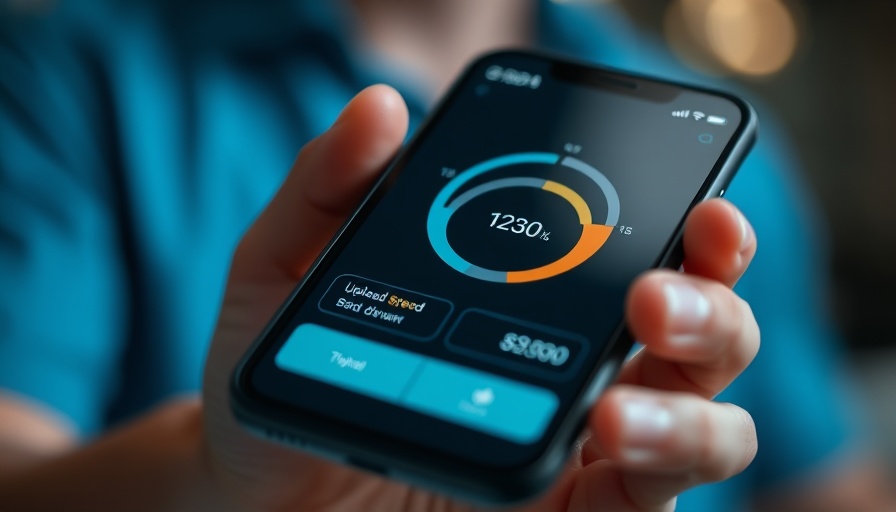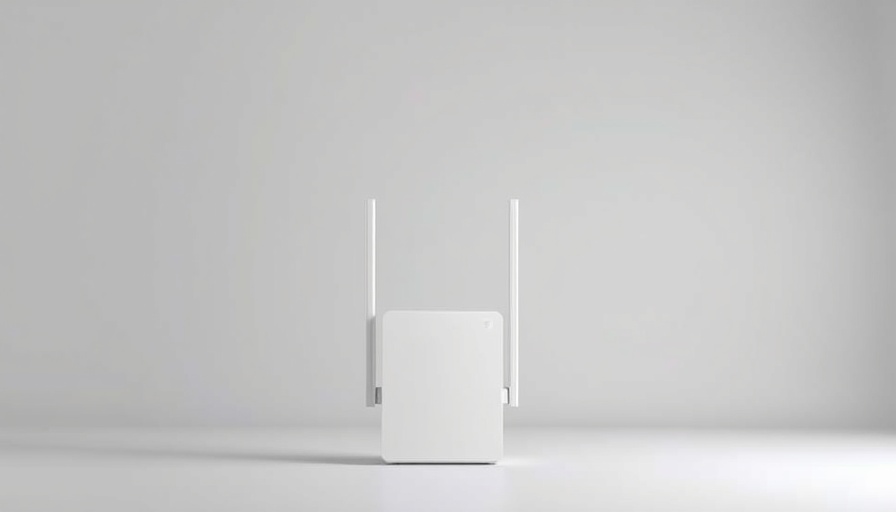
Understanding Internet Speed: What Do You Really Need?
As households continue adapting to an increasingly digital world, having sufficient internet speed is crucial for daily tasks—from streaming videos to video conferencing for remote work. The U.S. Federal Communications Commission (FCC) has established a broadband standard: at least 100 Mbps (megabits per second) for download speeds and 20 Mbps for uploads. But what does that really translate to for an average family in their everyday internet use?
The Demand for Speed: How Much Do You Use?
To determine whether your household is getting enough internet speed, it’s important to assess your specific needs. For instance, each activity you engage in online requires a different amount of bandwidth. Streaming a high-definition movie usually requires about 5 Mbps, while online gaming might only need around 3 Mbps. On average, though, your smart TV could be using approximately 35 Mbps, considerably shrinking your available speed for other devices.
If your household is bustling with multiple devices operating simultaneously—from smartphones and laptops to tablets and smart home gadgets—the total demand grows significantly. This means families could find themselves needing much more than the bare minimum recommended by ISPs.
Why Your Internet Speeds May Not Match Advertised Rates
One common frustration for many families is the disparity between the internet speed promised by their service provider and the reality of what they experience. This is partly because the internet is not delivered directly to every device in the exact way advertised. Factors such as Wi-Fi connection strength, router placement, and even the materials in your home can impact speed. For instance, rooms with walls made of concrete may not receive Wi-Fi signals as effectively as an open area. Consider using Ethernet cables for critical devices to maximize speed and performance.
Pitfalls of Speed Overselling: Know Your Needs
Another challenge families face is falling prey to aggressive marketing tactics from internet service providers. Companies often upsell plans with extremely high speeds that most households don't need. Understanding your actual consumption is key. Most average families can suffice with a plan that delivers 250 Mbps, especially if they don’t have heavy users or gamers.
Practical Tips for Better Internet Experience
To optimize your internet experience and ensure you are using every bit of speed you pay for, here are a few practical insights to consider:
- Router Positioning: Place your router near the center of your home and away from obstructions.
- Device Management: Limit the number of devices connected to your network while streaming or gaming.
- Regular Speed Tests: Use online tools to regularly test your current download and upload speeds against what you’re paying for.
Take Control of Your Internet Speeds
Ultimately, knowing how much internet speed your household truly needs can save you money and frustration. By critically assessing your family’s internet usage, understanding the limitations of standard Wi-Fi technology, and being aware of potential marketing ploys, you are better equipped to advocate for your needs with your internet service provider. This proactive approach can transform your online experience, making work, leisure, and education much more enjoyable.
Now that you have the insights needed, take a few moments to evaluate your plan. Are you maximizing your internet speed for a more connected lifestyle? It's time to make sure your household has the right internet speed to meet your growing demands!
 Add Row
Add Row  Add
Add 

 Add Row
Add Row 


 Add Element
Add Element 

Write A Comment